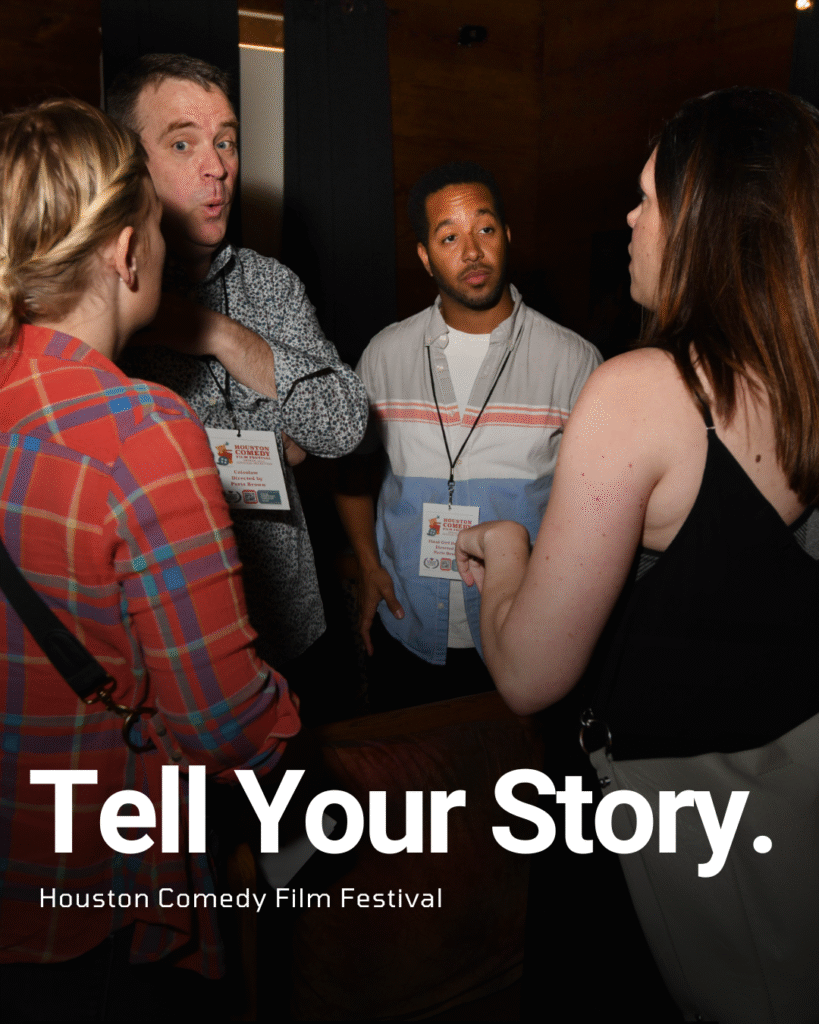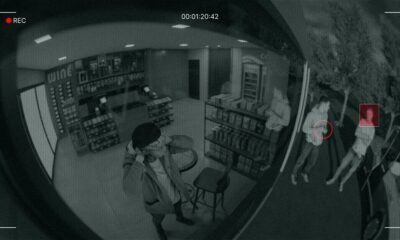Entertainment
Prince Harry Rushing Back To UK to See King Charles After Cancer Diagnosis on February 5, 2024 at 7:12 pm The Hollywood Gossip
Prince Harry is returning to the UK to see his father, King Charles, after the announcement that His Majesty has been diagnosed with cancer.
According to a new report, Prince Harry has already spoken to the King following his diagnosis.
On February 5, Buckingham Palace announced that King Charles had been seen by doctors and is being treated for a “form of cancer.”
Prince Harry and his father, King Charles, on a royal visit in 2015. ((Photo by Niall Carson-Pool/Getty Images))
“During The King’s recent hospital procedure for benign prostate enlargement, a separate issue of concern was noted,” the palace said in a statement.
Shortly after the news broke, sources who spoke to Page Six revealed that Prince Harry was making immediate arrangements to fly back to the UK to be reunited with his father.
He is expected to arrive at Windsor Castle in the next few days.
But will he be alone?
King Charles with his sons, Harry and William. ((Photo by John Stillwell – WPA Pool/Getty images))
As of now, there is no news on whether or not Harry’s wife, Meghan Markle, or their two children, Prince Archie and Princess Lilibet, will be joining him for the visit.
It was reported that, prior to this announcement, Harry and Meghan had a Valentine’s day trip planned. No word yet if that trip will still happen.
However, it sounds like Prince Harry has been kept in the loop by royal sources about his father’s health ever since he was hospitalized for this recent prostate procedure.
Additionally, now that Kate is on the mend, Prince William is also reportedly on route to be with his father after the diagnosis.
We also know that Harry and Meghan have checked in on Kate Middleton, following her recent health scare.
Could this hard times actually be bridging the gap between the family? Time will tell, we suppose.
King Charles’ Health: The Latest
Right now, the most anyone knows about the King’s condition is just what the palace released in their statement.
It reads:
Prince Harry sharing a laugh with his father, King Charles. ( (Photo by Chris Jackson/Getty Images))
During The King’s recent hospital procedure for benign prostate enlargement, a separate issue of concern was noted. Subsequent diagnostic tests have identified a form of cancer.
His Majesty has today commenced a schedule of regular treatments, during which time he has been advised by doctors to postpone public-facing duties. Throughout this period, His Majesty will continue to undertake State business and official paperwork as usual.
The King is grateful to his medical team for their swift intervention, which was made possible thanks to his recent hospital procedure. He remains wholly positive about his treatment and looks forward to returning to full public duty as soon as possible.
His Majesty has chosen to share his diagnosis to prevent speculation and in the hope it may assist public understanding for all those around the world who are affected by cancer.
Prince Harry Rushing Back To UK to See King Charles After Cancer Diagnosis was originally published on The Hollywood Gossip.
[[{“value”:”Prince Harry is returning to the UK to see his father, King Charles, after the announcement that His Majesty has …
Prince Harry Rushing Back To UK to See King Charles After Cancer Diagnosis was originally published on The Hollywood Gossip.”}]]
The Hollywood Gossip Read More
Entertainment
Kim and Kanye’s Daughter North West Faces Criticism Over Her Tattoos

North West, the 12-year-old daughter of Kim Kardashian and Kanye West, is under the spotlight once again — this time for showing off a collection of tattoos that set social media on fire. In recent photos and videos circulating online, North was seen with several arm designs, including tributes to her parents and fashion-inspired symbols. While fans were quick to admire her bold style, not everyone was impressed.
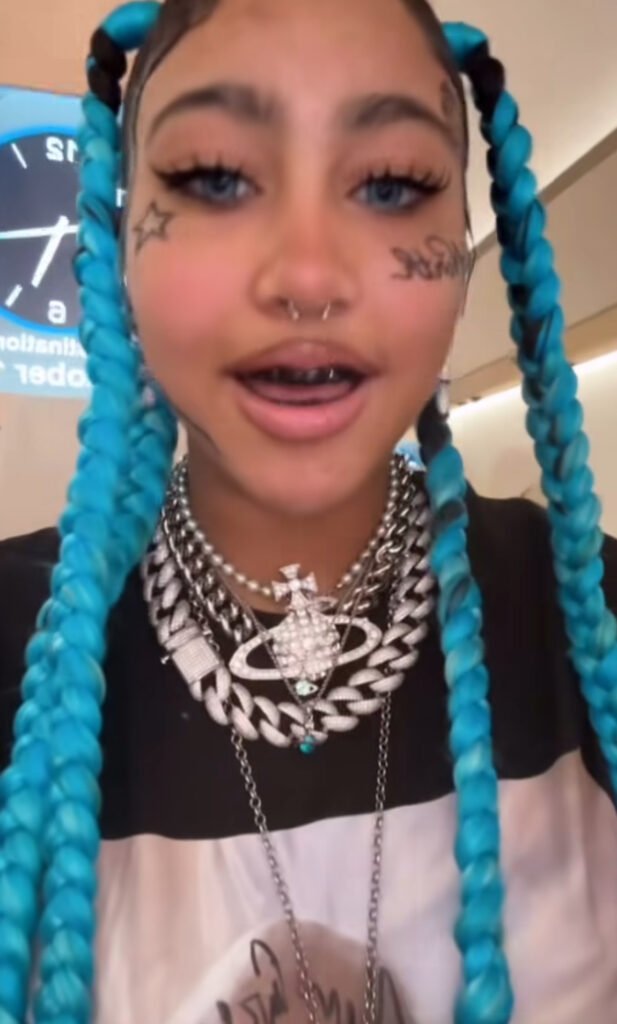
Critics argue that the tattoos — even though they appear to be temporary — are another example of celebrity children being pushed into adult trends too early. Comments flooded social media platforms, with some users saying Kim allows North too much freedom, while others defended the reality star’s parenting approach, praising her for letting her daughter explore creativity and self-expression.
“Kids should be kids,” one commenter wrote, reflecting a broader sentiment among parents online. Meanwhile, supporters pointed out that North comes from one of the most fashion-forward families in the world and that experimenting with style is part of her upbringing.
Kim Kardashian has not directly addressed the controversy, but she has often spoken about encouraging her children to express themselves authentically. North, already known for her viral TikTok appearances and fashion collaborations, seems unfazed by the criticism.
At just 12, North West continues to blur the lines between youth culture and celebrity identity — reminding the public that in the Kardashian–West household, individuality isn’t just allowed, it’s celebrated.
Entertainment
Jennifer Lopez’s Ex Fires Back: “You Are the Problem”

Ojani Noa Accuses J.Lo of Cheating After “Never Been Loved” Comments
Jennifer Lopez is once again at the center of a media storm — but this time, it’s her first husband, Ojani Noa, turning up the heat. Following Lopez’s recent Howard Stern Show interview, in which she claimed she has “never been truly loved” by any of her exes, Noa has publicly accused the superstar of cheating and playing the victim.
In the viral Instagram post that has now spread across major outlets like TMZ and New York Post, Noa didn’t hold back.
“Stop putting us down. Stop putting me down with your victim card,” he wrote. “The problem is not us. Not me. The problem is you. You’re the one who couldn’t keep it in your pants.”
“You Chose Fame and Lies Over Love”
Noa and Lopez were married briefly from 1997 to 1998, before her rise to Hollywood superstardom. In his explosive statement, he accused her of being unfaithful during their marriage, claiming she prioritized fame over their relationship.
“You have been loved a few times. You’ve been married four times. And have had countless relationships in between,” Noa continued. “You decided to lie, to cheat on me. You begged me to keep the marriage intact to avoid bad press.”
Noa described himself as “faithful, honest, and loving,” saying he uprooted his life and career to support Lopez at the beginning of her entertainment journey. “I left my family, my friends, everything behind for you,” he wrote, “but once fame came calling, you left me behind.”
Lopez Silent Amid Growing Backlash
As of now, Jennifer Lopez has not publicly responded to Noa’s allegations. During her Howard Stern interview, the singer and actress claimed her former partners “weren’t capable” of loving her, saying, “It’s not that I’m not lovable… it’s that they’re not capable.”
Her remarks were widely interpreted as referencing all of her ex-husbands — including Marc Anthony, Cris Judd, and Ben Affleck — but it was Noa who reacted first and most forcefully. His comments have ignited widespread debate online, with many questioning whether Lopez’s honesty came at the expense of others’ reputations.
Public Response and Media Fallout
The online reaction has been intense, with social media users split between defending Lopez’s right to share her truth and blasting her for allegedly rewriting history. Meanwhile, entertainment analysts note that the controversy adds to an increasingly turbulent year for the singer, following canceled tours, underperforming films, and ongoing scrutiny over her marriage to Affleck.
This latest backlash has also reignited conversations about Lopez’s highly publicized romantic history. As tabloids and fans speculate whether more exes might respond, the situation underscores an old truth in celebrity culture — that every candid confession comes with consequences.
For now, Jennifer Lopez remains silent. But in the court of public opinion, the debate about who’s really at fault in her love story is only just beginning.
Entertainment
Selling Your Soul in Hollywood: The Hidden Cost of Fame
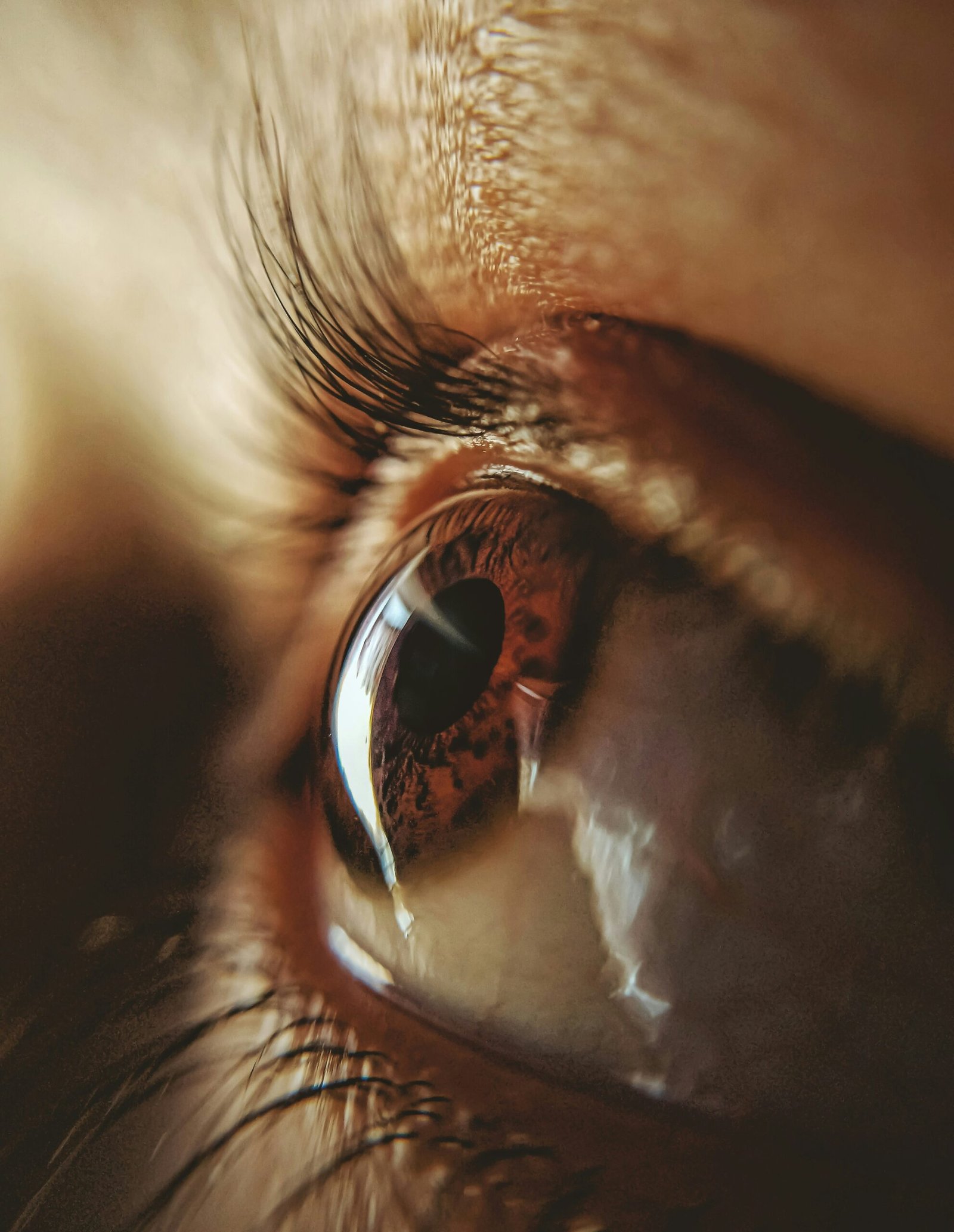
By all appearances, Hollywood is a dream factory — a place where charisma, talent, and luck collide to create stars. But behind the camera lights and red carpets lies a conversation few inside the industry speak openly about: the spiritual and moral price of ambition.
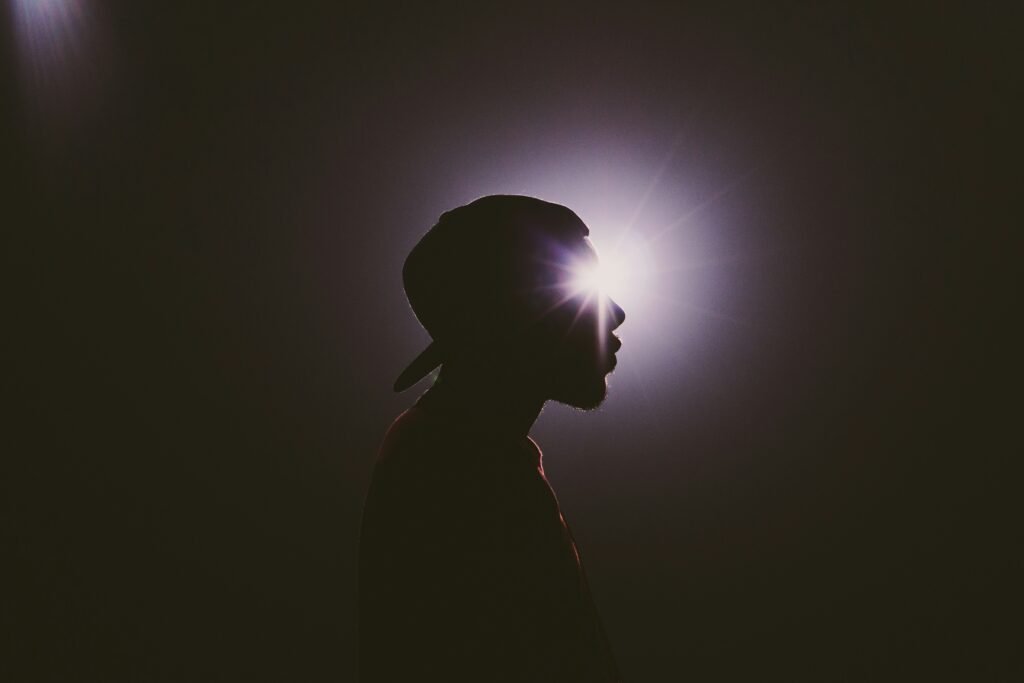
For actor Omar Gooding, the idea of “selling your soul” in Hollywood isn’t a metaphor — it’s a moral process that begins with tiny compromises. In an October 2025 interview, Gooding explained that no one in Hollywood makes a literal deal with the devil. Instead, it’s the quiet yeses, the moments when comfort overrides conviction, that mark the beginning of the trade. “They don’t say, ‘Take this or you’ll never make it,’” he said. “They just put it in front of you. You choose.”
Those choices, he argues, create a pattern. Once you show that you’ll accept something you once resisted, the industry notices. “Hollywood knows who it can get away with what,” Gooding said. “One thing always leads to another.” The phrase “selling your soul,” in this context, means losing your say — doing what you’re told rather than what you believe in.
That moral tension has long shadowed the arts. Comedians like Dave Chappelle, who famously walked away from millions to preserve his creative integrity, often serve as examples of where conviction and career collide. In resurfaced interviews, Chappelle hinted that he felt manipulated and silenced by powerful figures who sought control of his narrative, warning that “they’re trying to convince me I’m insane.”
This isn’t just about conspiracy — it’s about agency. Hollywood runs on perception. Performers are rewarded for being agreeable, moldable, entertaining. Those who question the machine or refuse the script risk exile, while those who conform are elevated — sometimes beyond what they can handle.
“We see the ‘collections’ all the time,” Gooding explained. “When the bill comes due, you can tell. They made that deal long ago.”
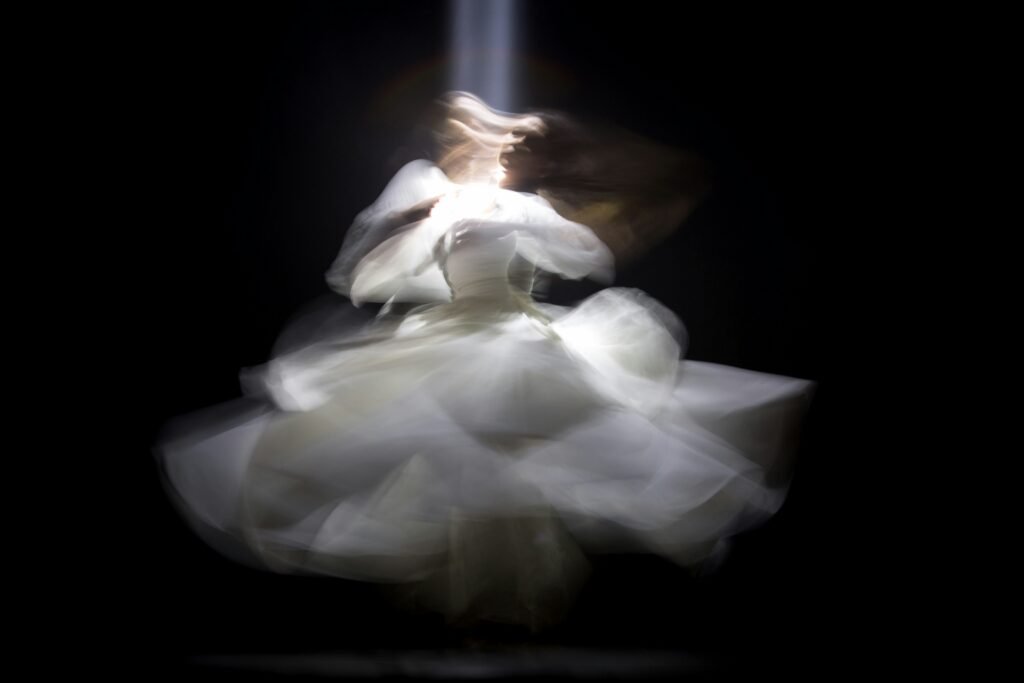
But the story doesn’t end in darkness. Gooding also emphasizes that in today’s entertainment landscape, artists have more control than ever. With streaming, social media, and creator‑driven platforms, performers don’t have to “play the game” to be seen. Independent creators can build their own stages, speak their own truths, and reach millions without trading authenticity for access.
Still, the temptation remains — recognition, validation, quick success. And every generation of artists must answer the same question: What are you willing to do for fame?
As Gooding put it, “You just make the best choices you can. Because once it’s gone — your name, your peace, your soul — there’s no buying it back.”

 News4 weeks ago
News4 weeks agoHow Digital ID Is Becoming Everyone’s New Gatekeeper

 Business4 weeks ago
Business4 weeks agoWhy 9 Million Americans Have Left

 Health4 weeks ago
Health4 weeks agoWhy the Fertility Cliff at 35 Is Mostly a Myth

 Health4 weeks ago
Health4 weeks agoWhy Gen Z Opted Out of Parties—and What It’s Costing Them

 News4 weeks ago
News4 weeks agoWhat Hollywood Gets Dead Wrong About Witness Protection

 Health3 weeks ago
Health3 weeks agoOver Half of Americans Use PTO for Pure Rest, While 1 in 3 Do Nothing for Days

 News3 weeks ago
News3 weeks agoBad Bunny Makes History – and Headlines – As Super Bowl Halftime Choice

 Politics4 weeks ago
Politics4 weeks agoDivided and Deadly: When Political Hatred Turns Fatal




